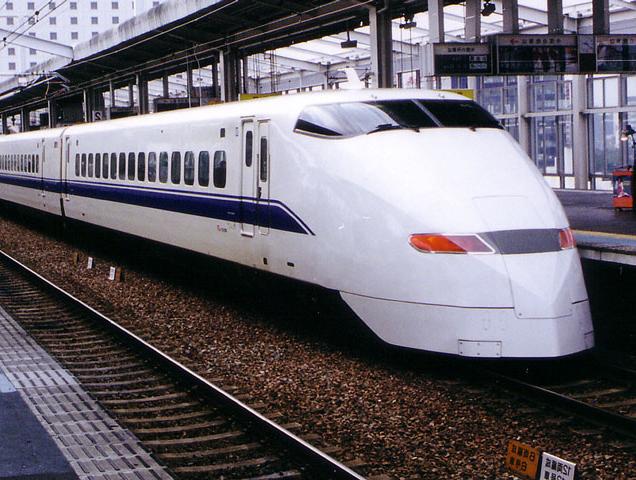
|
FORMATION OF THE SOLAR SYSTEM |

|
FORMATION OF THE SOLAR SYSTEM |
Secondary regularities are:
The dynamical regularities can be explained if the planets all formed from a large, rotating disk.
Star formation in our Galaxy occurs in Interstellar clouds known as Giant Molecular Clouds (see Topic 7: Star Formation in ASTR 122). The Solar System formed from a cold, rotating clump inside a GMC. The initial cloud was several light years across and was composed of material with compostion of roughly 90 % hydrogen, 9 % helium and small amounts of everyting else (like iron, carbon, oxygen, ...). (see the abundance plot below.) This large swirling cloud that formed the Solar System is referred to as the Solar Nebula . 4.6 billion years ago, an event triggered the slowly spinning cloud to start to collapse. As the nebula constracted, it started to spin faster to conserve angular momentum (to see another example of this, look at the YouTube video showing ice skaters YouTube video, start around 0:44). As the nebula spun faster, because of centrifugal forces, it (flattened. Eventually the central region of the solar nebula formed the Sun while the planets formed in the rotating disk of gas and dust, the Solar Nebula.
|
|
The planets form in the midplane of the Solar Nebula
as follows:
|
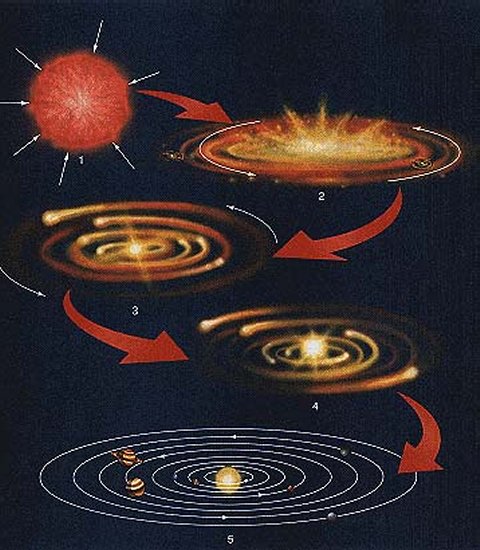
|
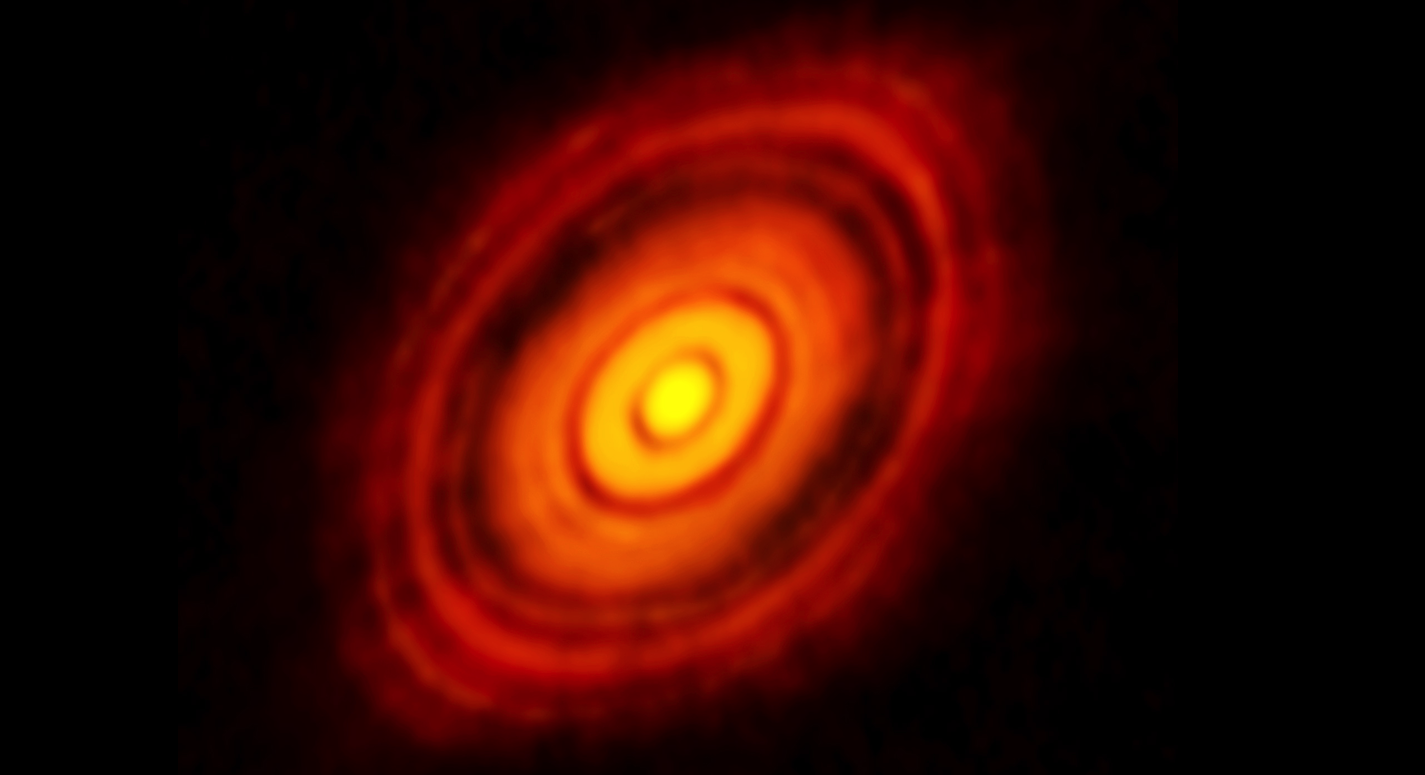 |
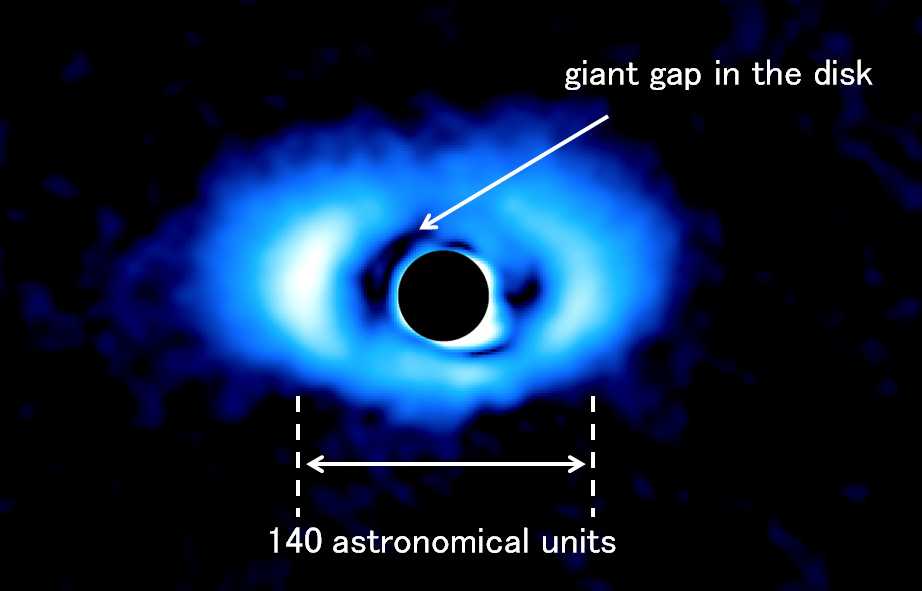 |
Okay, how does the condenstion theory further elucidate details of the 3 distinct classes of planets, the Terrestrials, Jovians, and rocky/icy planets? As described above, the general existence of the Terrestrial and Jovian planets is a natural by-product of the planet formation process,
It is from here that the process branches. The protoplanets eventually:
or
b. start to attract and hold onto the hydrogen and helium gas of the Solar Nebula to form the Jovian planets where it is cooler
or
c. never do this and become objects like the rocky/icy planets over the region where the Jovian planets form
Why the different outcomes for the process?
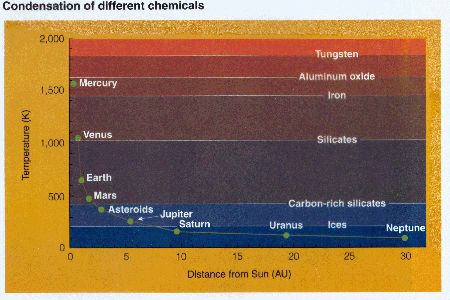 |
|
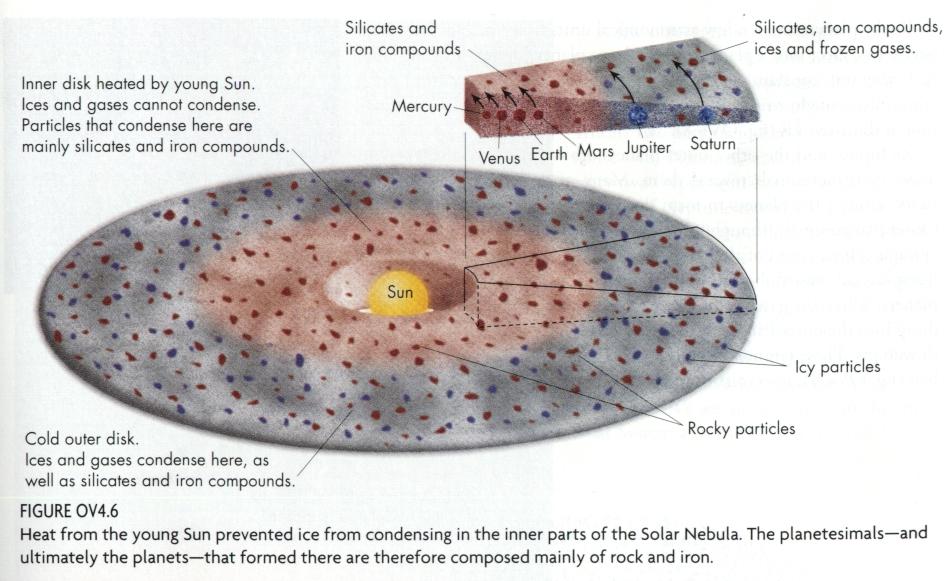 | In the Solar Nebula, the inner regions of the disk are warmer than the outer regions of the disk and only relatively massive elements, the rocky materials can be solid and participate in the planet formation process. In the outer regions of the disk, the temperature decreases and becomes low enough for water to solidify (around 3-4 A.U., the Snowline), ammonia to solidfy, and methane to solidify, and the outer planets start to form from rock/ice mixtures. |
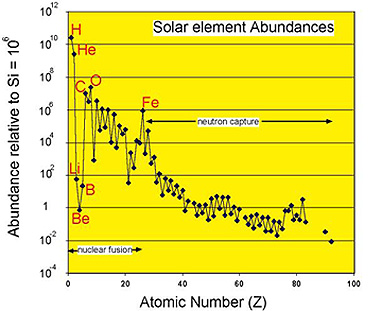
 |
Jupiter, in fact, forms just beyond where water ice is first able to form. Since water is made up of hydrogen (the most abundant element in the Universe) and oxygen (one of the most abundant of the heavy elements--carbon and nitrogen are the others), the amount of planet forming material greatly increases once water forms ice. Because of this, Jupiter was able to form a giant rock/ice core (more than 10 times the mass of the Earth). This extra-large core gave Jupiter a larger gravitational pull than the Earth and allowed Jupiter to capture and then hold onto the abundant hydrogen and helium gas. Saturn also followed this route.The Earth was not massive enough to capture and hold the hot hydrogen and helium gas in the inner part of the Solar Nebula; see the chemical composition of the Earth of the plot at lower left. Uranus and Neptune started down this path, but before they could finish the job at hand, the Sun turned on and blew out the gaseous material from the Solar Nebula and stunted their growth. The reason Uranus and Neptune were a little bit slower than Jupiter and Saturn is that since they formed in a region a little farther from the Protosun than did Jupiter and Saturn, the particles were a little farther apart and the particles were moving around a little less quickly. Consequently, the coalesence process moved along more slowly. |
The Icy planets are thought to be smaller objects which formed in the outer portions of the disk around Saturn ==> Neptune. Some people believe that as many 1,000 Pluto-type objects were formed out there and that only Pluto has managed to survive. The brothers and sisters of Pluto were probably ejected from the inner Solar System by encounters with the large planets (Jupiter, Saturn, Uranus, and Neptune) forming the Kuiper Belt, a region which extends from ~30 A.U. (around Neptune's orbit) to 55 A.U. (outside Pluto's orbit) which contains many low-mass ice/rock objects. Since their first detection, around 1,000 Kuiper Belt Objects (KBOs) have been discovered and perhaps as many as 70,000 KBOs exist. Neptune's moon Triton may be a captured KBO.
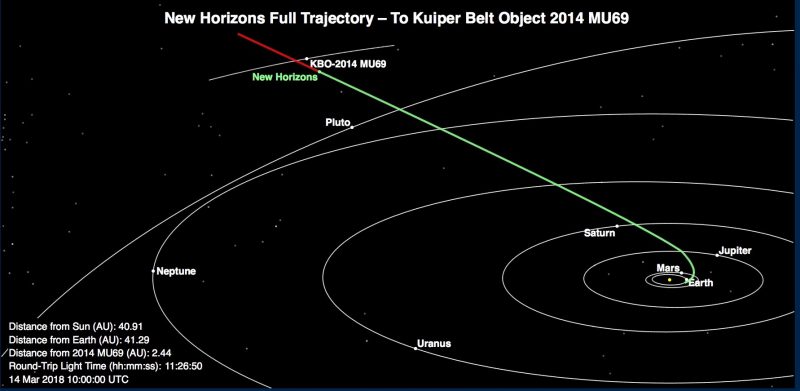 |
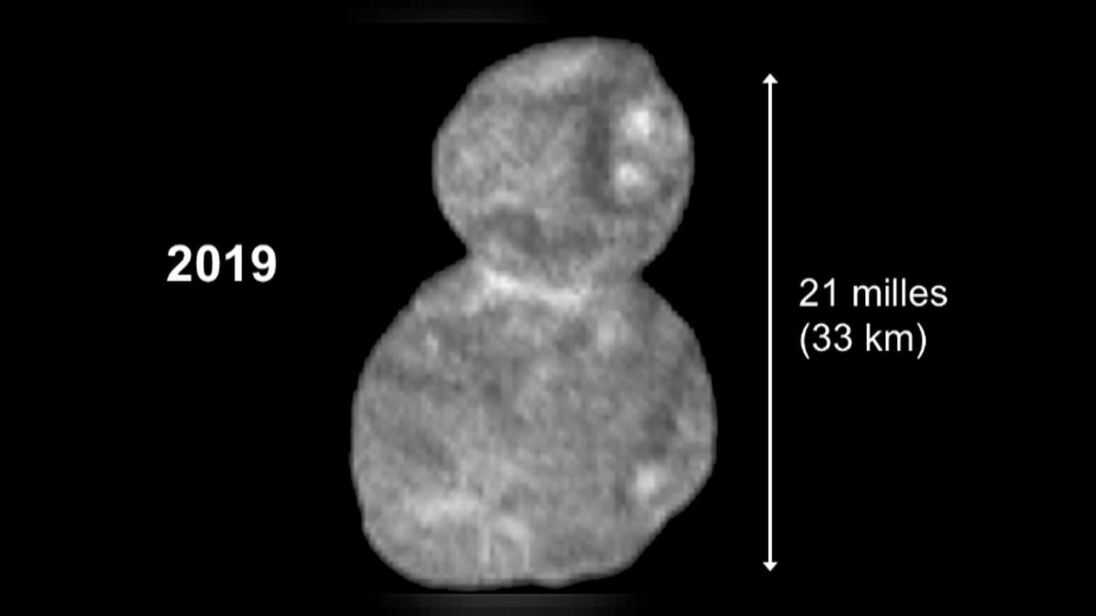
|
Before the onslaught of the extra-Solar planets, the party line was that planets formed at particular radii in the Solar Nebula and essentially spent their lives at around the same distance from the Sun. This position is no longer held by most people. The snowline in our planet forming disk is around 3-4 AU and it was expected that all Jovian planets in extra-Solar planetary systems would be found outside the snowlines of their disks. The discovery of so-many Jupiter-like planets close to their stars, inside the snowlines, suggested that planets likely migrate around their systems over their lifetimes.
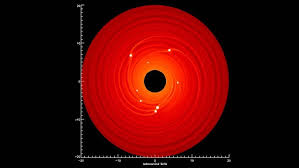
 223 Kepler 223 Kepler |
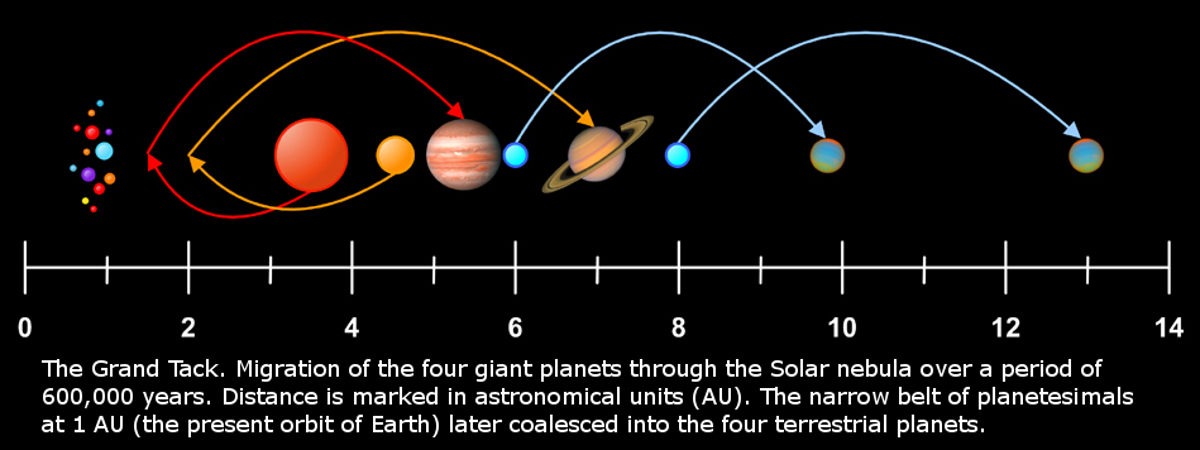 |

